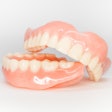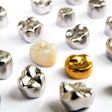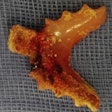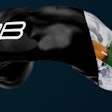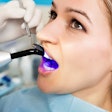
This week, Dr. Shalin Shah from CDOCS provides a clinical tip that help every dentist improve his or her skills when it comes to the orthodontic side of the dental practice.
Learn more about CDOCS, and learn more about CDOCS' hands-on workshops.
Video transcript
"When etching the surface of enamel, what you want to do is make sure that you're not only covering the area in the etching gel that you're looking to get the attachment but also a little bit outside of that area. The key is here. When the etching is applied, you wanna take a microbrush and you wanna agitate that etch. You want to be careful not to actually be touching the enamel surface because what can happen is that as you're removing that smear layer, those clean, clear enamel rods can ultimately become fractured from the physical vibration of your microbrush. So you want to just agitate the etch and keep the microbrush in the etchant itself, reexposing new etchant to the surface of the enamel.
"As that smear layer now binds to the etchant, what you will then want to do after 30 seconds is thoroughly rinse and then you want to air dry. And it's not just using your triplex syringe and blowing air. You want to use a high-vac suction right in front of the facial surface of the tooth while you're using the air, driving down the enamel rods, pushing up any water droplets that will then get suctioned up into that high-speed evacuation system.
"Thereafter, after you have desiccated the enamel, generally I recommend that you do it for five seconds a tooth, you will then put your bonding agent on. That first coat of bonding agent will get a blast of air to drive it deep into those enamel rods. Then you'll put a second and your third coat. That will go ahead and manage out or push down the bonding into any remaining areas of the enamel rods and then start to create a surface coat. You are now creating a mechanical and a chemical adhesion bond. Thereafter, you can then go ahead and seat your tray on, unless you have a bond that's light cure. You then sit the attachment template on.
"Make sure you push on all edges, and then go ahead and light cure and then remove the attachment template off. And you now have primed yourself for the best amount of success for making sure that those attachments adhere to your teeth on the first try."













